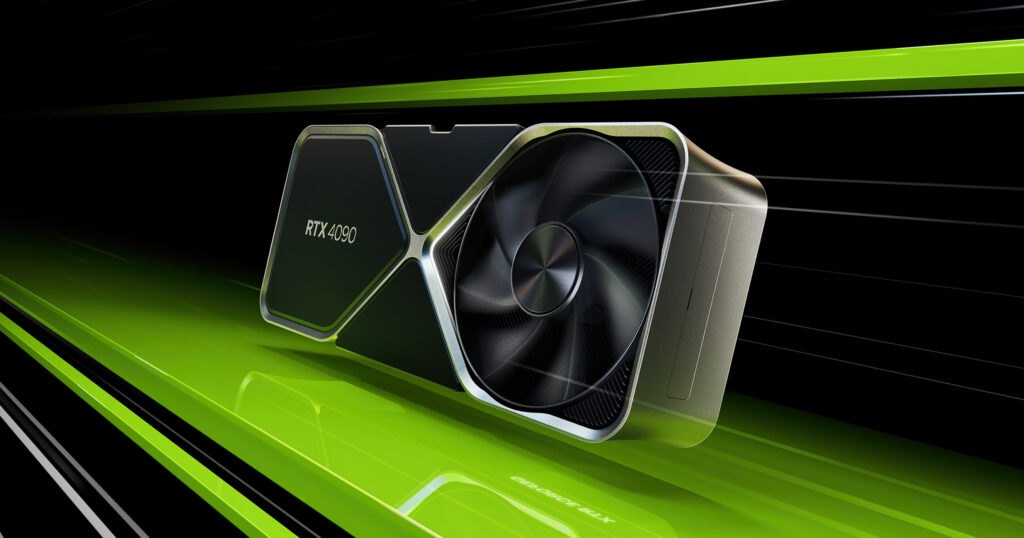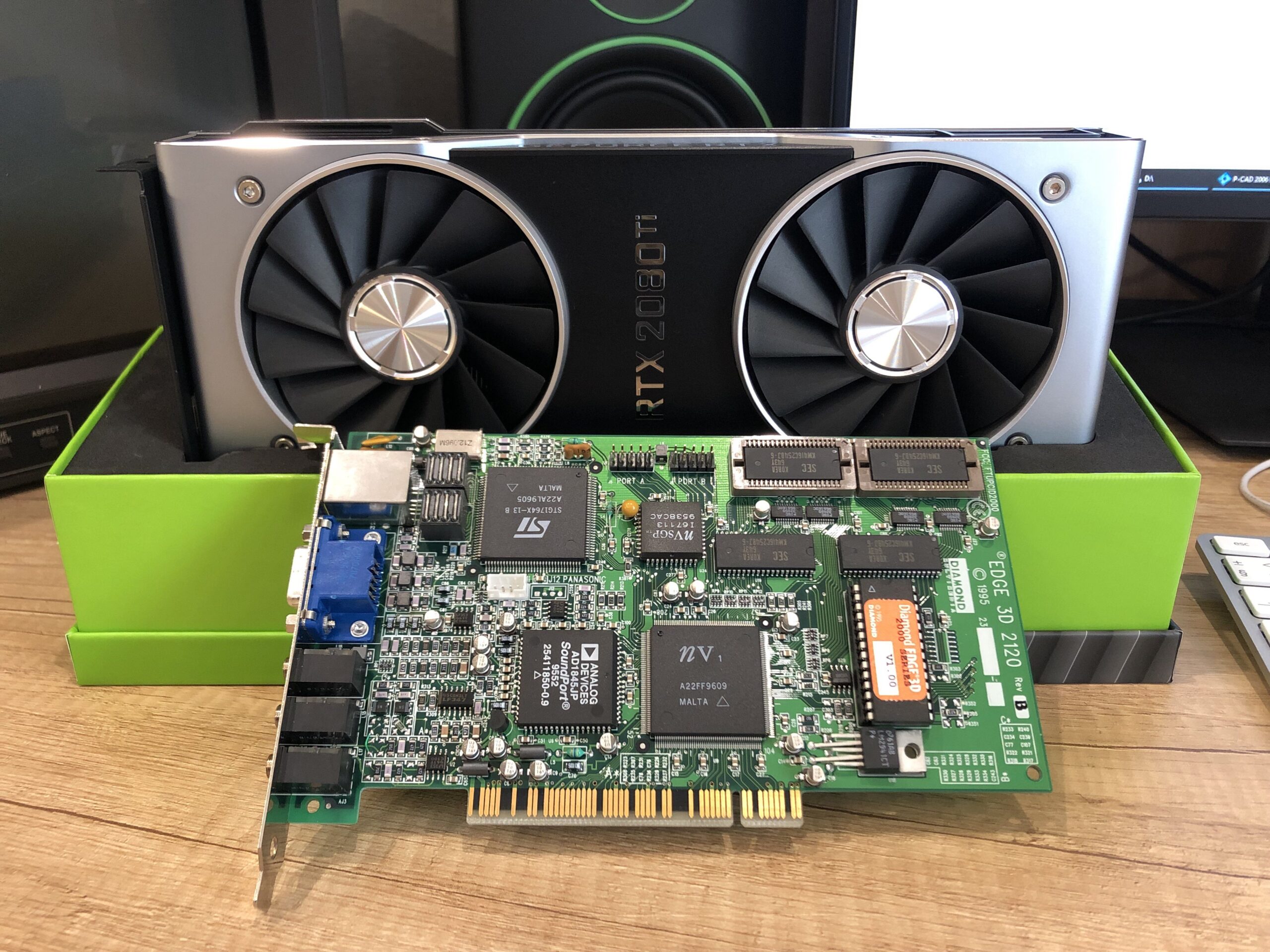
The Evolution of Graphics: Nvidia’s Transition from GTX to RTX
In recent reports, Nvidia’s departure from manufacturing GTX graphics cards has been highlighted, marking the end of an era that began seven years ago with the introduction of the RTX branding. This transition prompts a reflection on how the landscape of PC gaming has transformed during this period and whether the promise of ray tracing has been fulfilled.
The RTX Revolution: A Two-Fold Impact
The shift to the RTX 20-series and subsequent iterations was characterized by Nvidia’s ambitious push to integrate real-time ray tracing and advanced lighting into gaming standards. However, alongside these technological advancements came a notable increase in pricing, leading to financial barriers for many gamers. The repercussions of this price surge were exacerbated by the crypto-driven GPU shortage, which took years to rectify fully.
A Subtle Hero Emerges: The Rise of DLSS
While ray tracing captured headlines, it’s Nvidia’s Deep Learning Super Sampling (DLSS) that arguably had a more profound impact on gaming. Initially met with skepticism due to its blurry implementation in early versions, DLSS underwent significant enhancements with iterations 2.0 and 3.0. These improvements revolutionized gaming performance by enabling ray tracing on a broader range of hardware, effectively mitigating the performance impact associated with advanced rendering techniques.
The Ripple Effect on Competitors
Nvidia’s success with DLSS prompted competitors like AMD and Intel to develop their own versions of high-powered upscaling techniques, such as FSR and XeSS, respectively. However, despite their efforts, both AMD and Intel have struggled to match the sophistication and effectiveness of DLSS. The industry’s response to DLSS’s absence in titles like Bethesda’s Starfield underscores its pivotal role in modern gaming.




